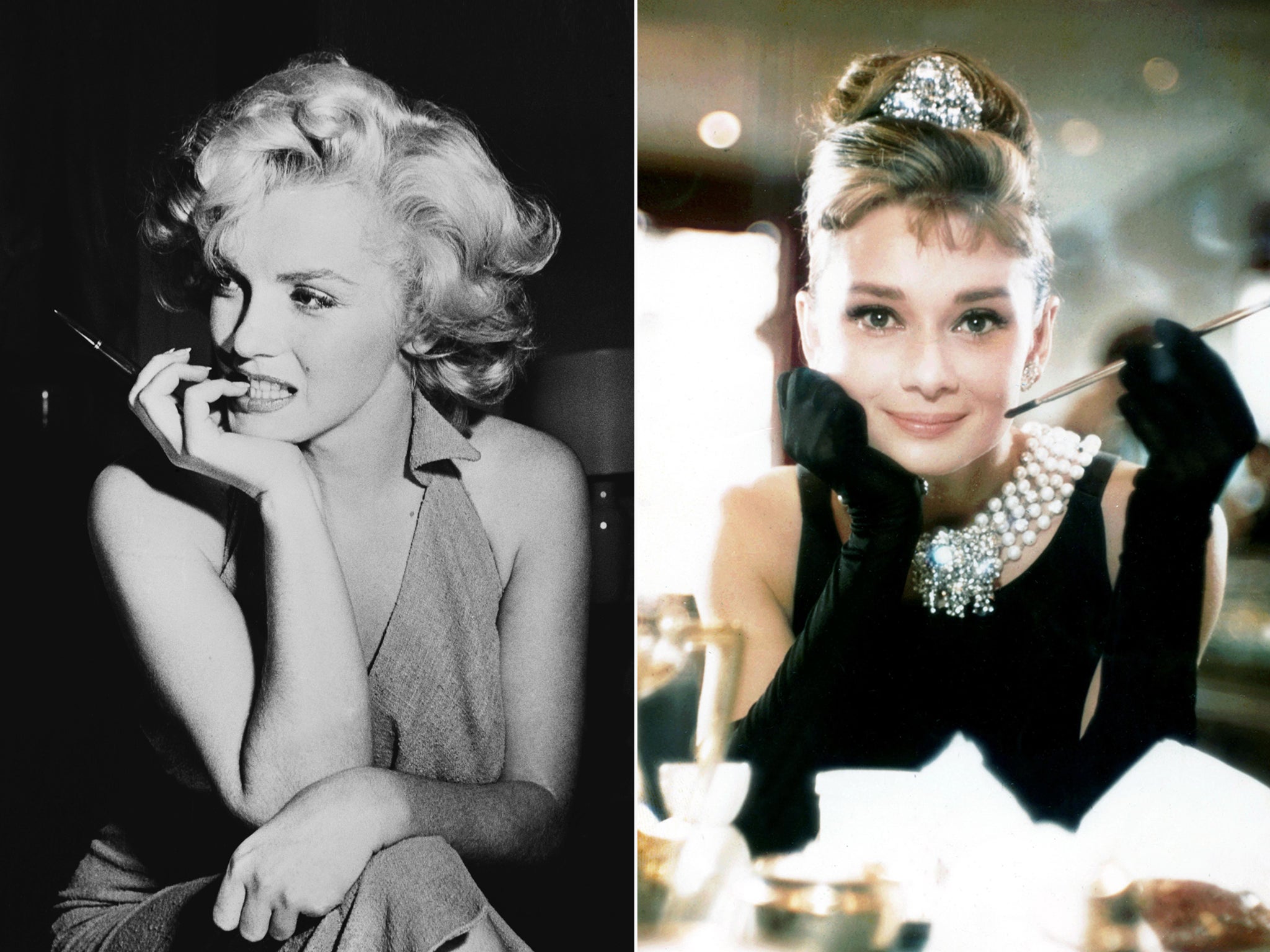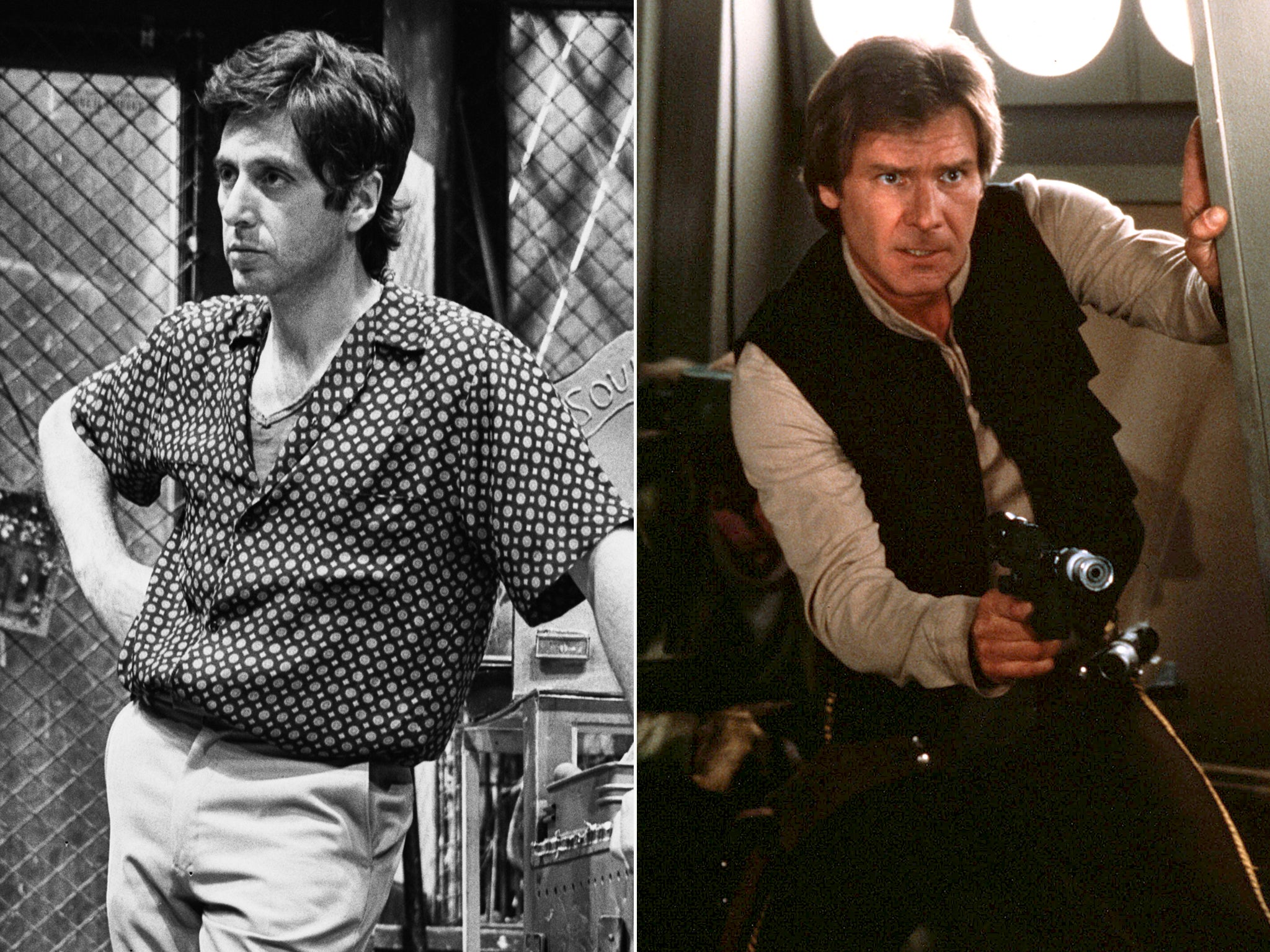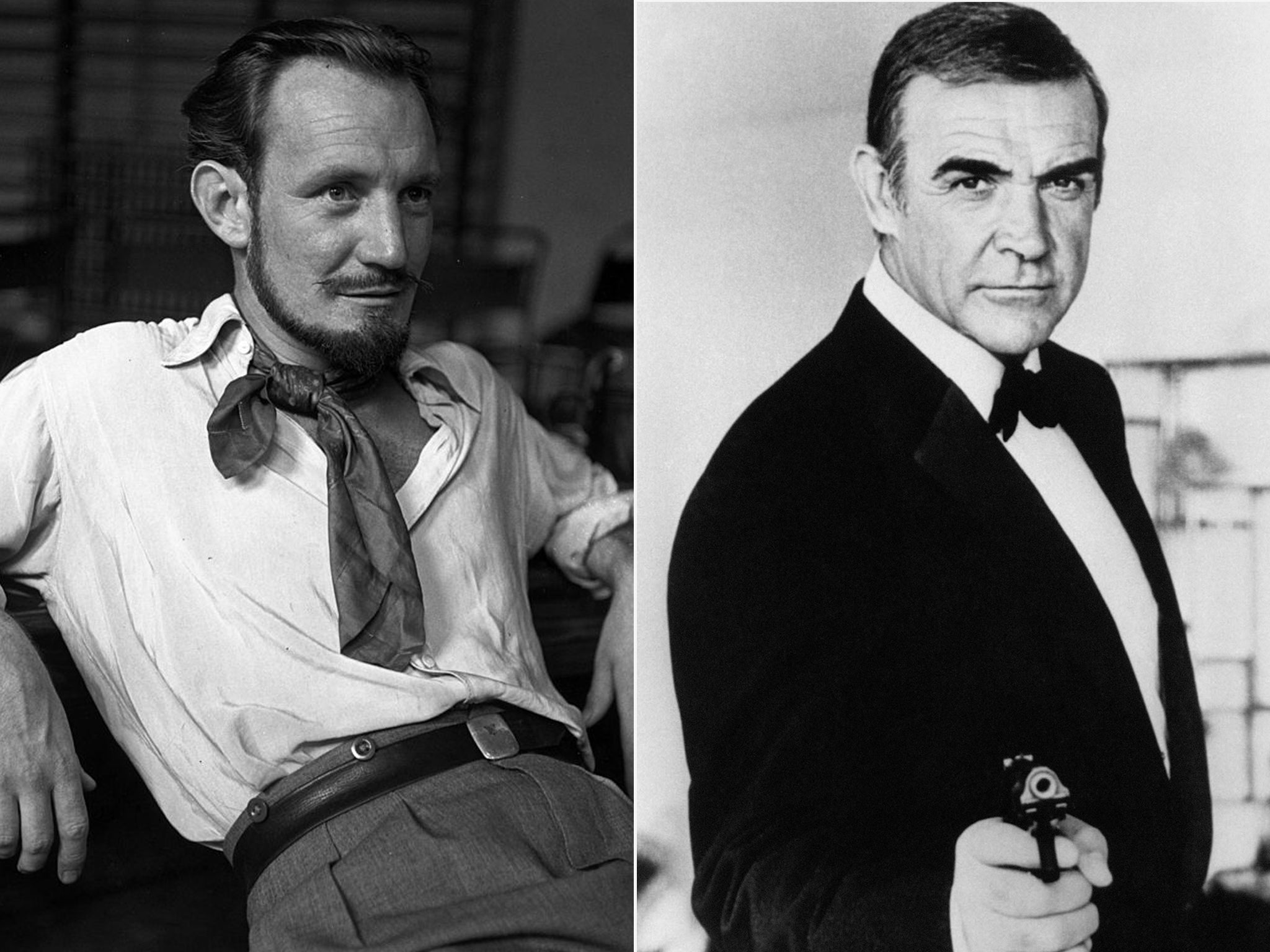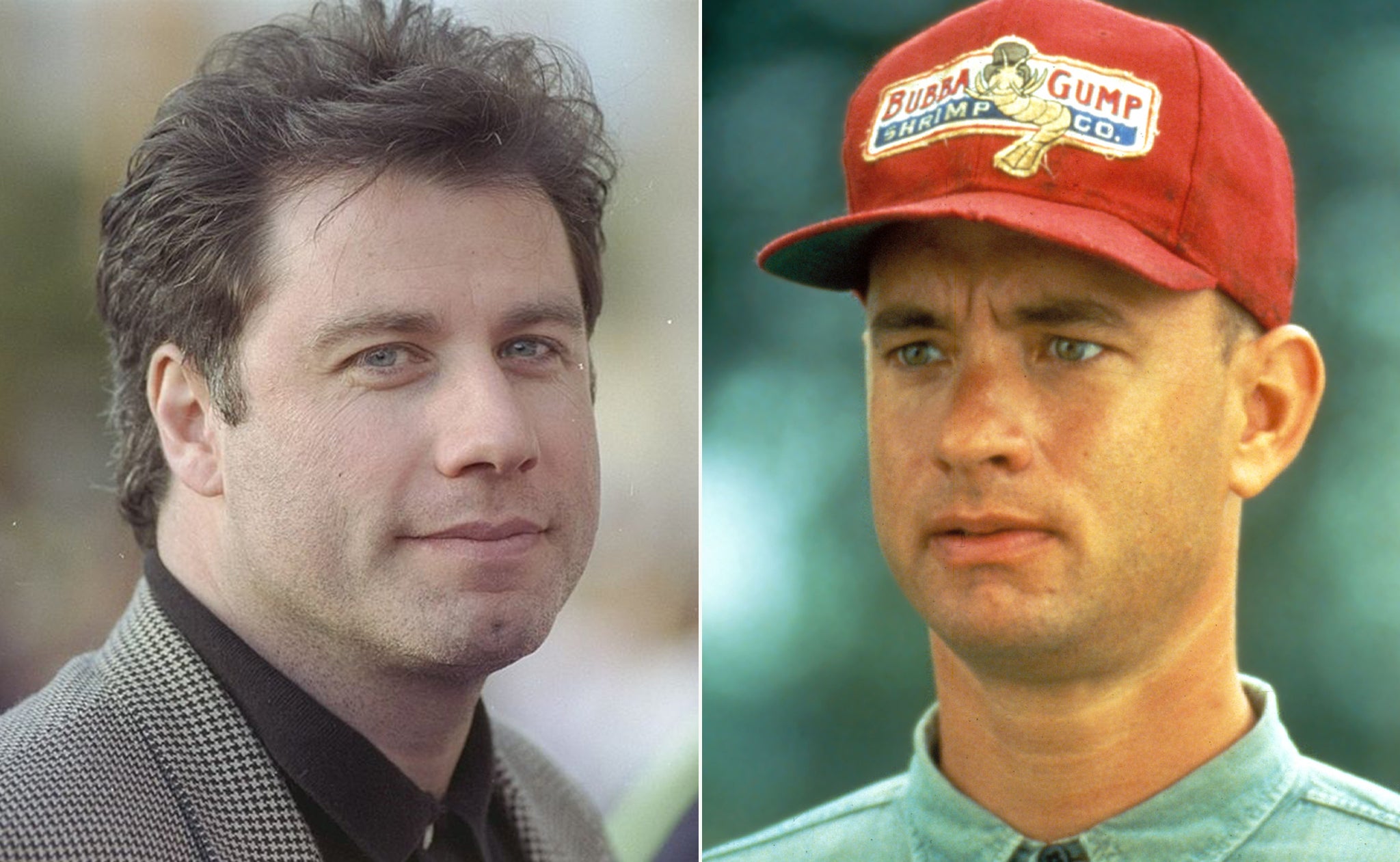Marilyn Monroe as Holly Golightly? Trevor Howard as 007? How films could have turned out very differently
A new documentary, ‘Truman & Tennessee’, reveals that Monroe was Truman Capote’s first choice to star in ‘Breakfast at Tiffany’s’. But, says, Geoffrey Macnab, it’s just one of many casting switches that have utterly transformed films

Picture the scene: it’s Marilyn Monroe at her most alluring. Dawn is rising over New York. After a night on the town, the blonde star finds herself alone on Fifth Avenue. She is outside the big, swanky jewellery store, looking glamorous but as pale as the morning light.
This is the film adaptation of Truman Capote’s 1958 novella Breakfast at Tiffany’s as it might have turned out. Capote himself was convinced that Monroe was “exactly right for the part” of Holly Golightly, the out-of-towner who comes to the big city to try to build herself a life.
“She [Holly] was such a symbol of all these girls who come to New York and spin in the sun for a moment, like mayflies, and then disappear,” Capote said of one of his most famous fictional creations. “I wanted to rescue one girl from that anonymity and preserve her for posterity.”
There was something “touching” and “unfinished” about Holly that Capote felt Monroe could convey better than anyone else. The star, who was in her thirties, was the right age for the part. She had endured hard knocks of her own and perfectly understood what it was like to be preyed on by lonely, lecherous men who wanted her on their arm at the best nightclubs and restaurants. Monroe had exactly the right mix of experience and vulnerability for the role. Instead, Paramount cast Audrey Hepburn in the film, released only a year before Monroe’s untimely death in 1962.
The delicate, elfin, effortlessly stylish Hepburn, in her sparkling jewellery and Givenchy dresses, enjoyed enormous success as Holly Golightly. But she was nothing at all like the tough character, close to a prostitute, originally described by Capote. With Hepburn at its centre, the Blake Edwards movie turned into a gleaming and romanticised version of a story that started with plenty of grit.
“Paramount double-crossed me,” Capote states in Lisa Immordino Vreeland’s new film about Capote and Tennessee Williams, Truman & Tennessee: An Intimate Conversation, out later this week.
The Monroe version of Breakfast at Tiffany’s joins that very long list of films that we can only see in our mind’s eye.
“That whole concept of the call girl would have had a different vibe if it was Marilyn Monroe as an actress,” Immordino Vreeland says.
It’s an obvious observation, but casting switches like the one on Breakfast at Tiffany’s utterly transform films. All the other elements might be in place but when the lead actor is changed, so is the tone and the very meaning of the movie. You can’t help but wonder how things might have turned out if the producers had stuck with their original choices.
Al Pacino revealed a few years ago that he had been offered the role of Han Solo in Star Wars. He turned it down because he didn’t understand the script. Audiences were thus, and probably thankfully, denied the angst and Method-style intensity he might have brought to that galaxy far, far away.
Pacino was in his pomp in the late 1970s when the Star Wars cycle was launched. He had such films as The Godfather, Serpico and Dog Day Afternoon already behind him. You simply can’t imagine him playing Han Solo without trying to give the character an emotional depth. Even his most straightforward exchanges on the ship deck with Chewbacca, the hirsute wookie from Kashyyyk, would have been fraught with meaning and tension. He would no doubt have treated Carrie Fisher’s Princess Leia as if she was Ophelia to his Hamlet.

Under Pacino’s influence, George Lucas himself might well have taken the series in a very different direction. A few years before, Lucas had directed the dystopian sci-fi movie THX 1138, which he had made in direct response to the Vietnam War. At the time, Lucas took his own counterculture credentials very seriously indeed. He was an outsider in Hollywood. If he had cast Pacino instead of the genial ex-carpenter Harrison Ford as Han Solo, you can easily see him reimagining Star Wars as something closer to a galactic version of his friend Francis Ford Coppola’s Apocalypse Now.
The James Bond films would also have turned out very differently if the producers’ original casting hunches had been followed. Among other names, Trevor Howard was in the running to play 007. “I couldn’t see Eton behind that wonderful craggy face of his,” was the excuse Cubby Broccoli later gave for not casting him. Howard was a superb screen actor but a very dour one who specialised in playing men at the end of their tether: alcoholics, frustrated lovers, disillusioned army officers, and the like. It’s hard to picture the Brief Encounter and The Third Man star insouciantly drinking martinis or exchanging double entrendres with Miss Moneypenny.
Many other incongruous names have been linked with Bond over the years. James Fox, humiliated by his butler Dirk Bogarde in Joseph Losey’s The Servant, was one early candidate. He reportedly turned down the role because of religious scruples. He would have made a very uptight 007. Meanwhile, David Niven’s Bond would have been akin to Hepburn’s Holly Golightly. As he later showed in the spoof version of Casino Royale, Niven had lightness, poise, and charm in abundance but none of the earthy intensity that Sean Connery brought to the role.
When Connery left the series, fast-rising American star Burt Reynolds was seriously considered as a potential replacement. “He had a big following, particularly among women. If he’d been British, he’d have been a strong contender,” said Broccoli about the crucial sticking point of nationality, which stopped Reynolds from getting the role. An American takeover of Bond simply wouldn’t have been countenanced at the time. Nonetheless, a generation later, when Texas-born Renée Zellwegger played the just as quintessentially British Bridget Jones, the initial outrage at her casting quickly died down. Reynolds too would surely have been accepted soon enough.
On the subject of Americans playing British icons, Marlon Brando was producer Sam Spiegel’s first choice to play Lawrence of Arabia in David Lean’s epic film. As the film historian Adrian Turner notes, Lawrence’s brother AW Lawrence wasn’t at all impressed with the choice, never having heard of the On the Waterfront and A Streetcar Named Desire star. “I think it will inevitably mean that the film will be a flop, in this country at least,” Lawrence’s brother predicted. Brando jumped ship to make The Mutiny on the Bounty instead and we were thus denied the chance of seeing the greatest screen actor of his generation communing with camels.

Albert Finney was Brando’s initial replacement. Lean spent over £100,000 on a screen test that turned out brilliantly, but Finney bailed too, on the grounds that he didn’t want to be tied to a long-term contract to Spiegel. That’s how the part eventually worked its way down to Peter O’Toole, who immediately seemed so perfect for it.
Famously, John Travolta was offered the role of Forrest Gump and rejected it. Why, one wonders, would director Robert Zemeckis want the disco king and alpha-male star of Grease and Saturday Night Fever to play an all-American, leaden-footed simpleton speaking in greeting card slogans? Sean Penn and Bill Murray were also in the frame before, eventually, Tom Hanks landed the part – and won an Oscar for it. He is so closely associated with the role that it is very hard to think of anyone else playing it.
As soon as big new movies are announced, stars in search of plum roles behave like the ugly sisters stuffing their feet into slippers that don’t fit in Cinderella. This was most famously the case during producer David O Selznick’s much-hyped search for a perfect Scarlett O’Hara for Gone With the Wind (1939). Katharine Hepburn, Jean Arthur, Lana Turner, and Paulette Goddard were just some of the names who lobbied or auditioned for the role of the spoilt southern belle that eventually went to Vivien Leigh.
Bette Davis was sure she would have been perfect for Scarlett and later called it “insanity” that she wasn’t cast. “But, then, Hollywood has never been rational,” she remarked.
In this instance, though, Selznick was the real power. The producer was overseeing the film so closely that it would have made little difference to its overall effect if another actor had been chosen. He wanted a newcomer whose performance he would better be able to mould.

There are many instances of actors who landed roles because they were there at the right moment. Early in his screen career, Humphrey Bogart was nobody’s idea of a leading man. He played supporting parts as snarling gangsters but, by the mid-1930s, was considered too old and too crooked-featured to be a star. He got his big break in unlikely circumstances. George Raft, best known for playing gangster heavies and at that point a far bigger name, was supposed to take the lead in Raoul Walsh’s High Sierra (1941) but turned it down on the grounds he didn’t want to die at the end of the film. “You’re a baddie who has killed two people. The censors won’t go for it unless we knock you off,” Walsh tried to reason with him but to no avail. Bogart got the part by default and his performance turned him into a star. The Maltese Falcon, Casablanca, and screen legend status very quickly followed.
The Bogart case is one in which the right actor got the right role in the end. It is just as commonplace for the reverse to happen. You could programme a tremendous season of films with the stars who should or could have been in them. From Monroe’s Holly Golightly to Brando’s TE Lawrence, there are plenty to choose from. The hitch, though, is that these are movies that we can only see in our imagination.
‘Truman & Tennessee: An Intimate Conversation’ is available in virtual cinemas and on Dogwoof on Demand from 30 April
Join our commenting forum
Join thought-provoking conversations, follow other Independent readers and see their replies
Comments


Bookmark popover
Removed from bookmarks